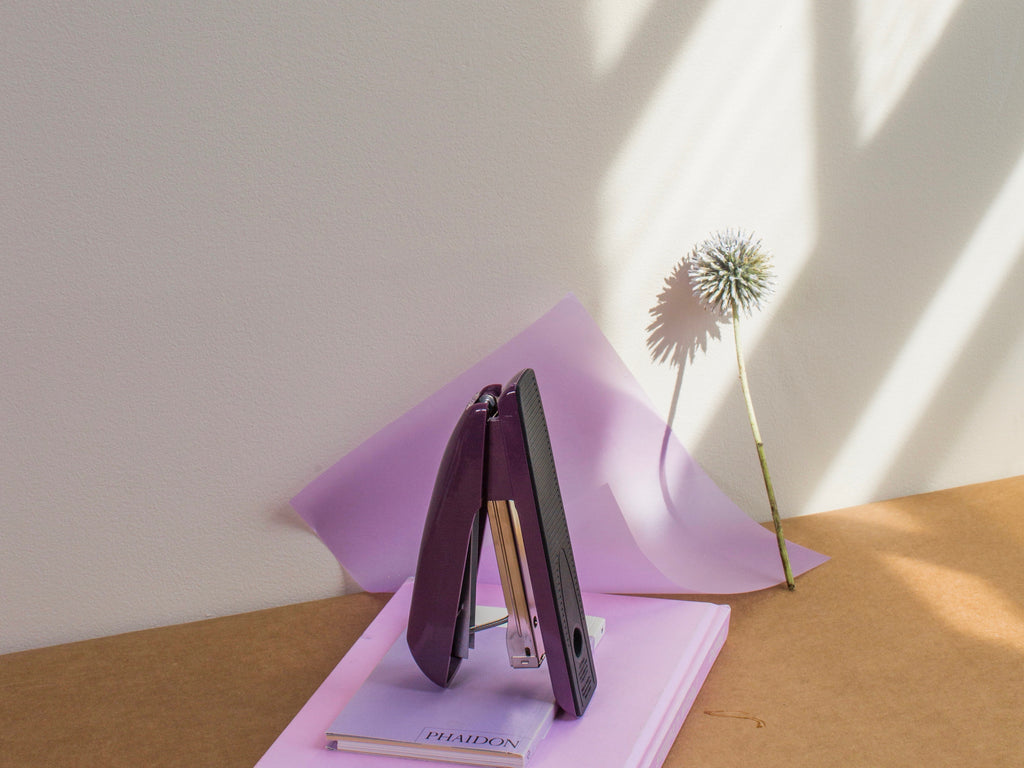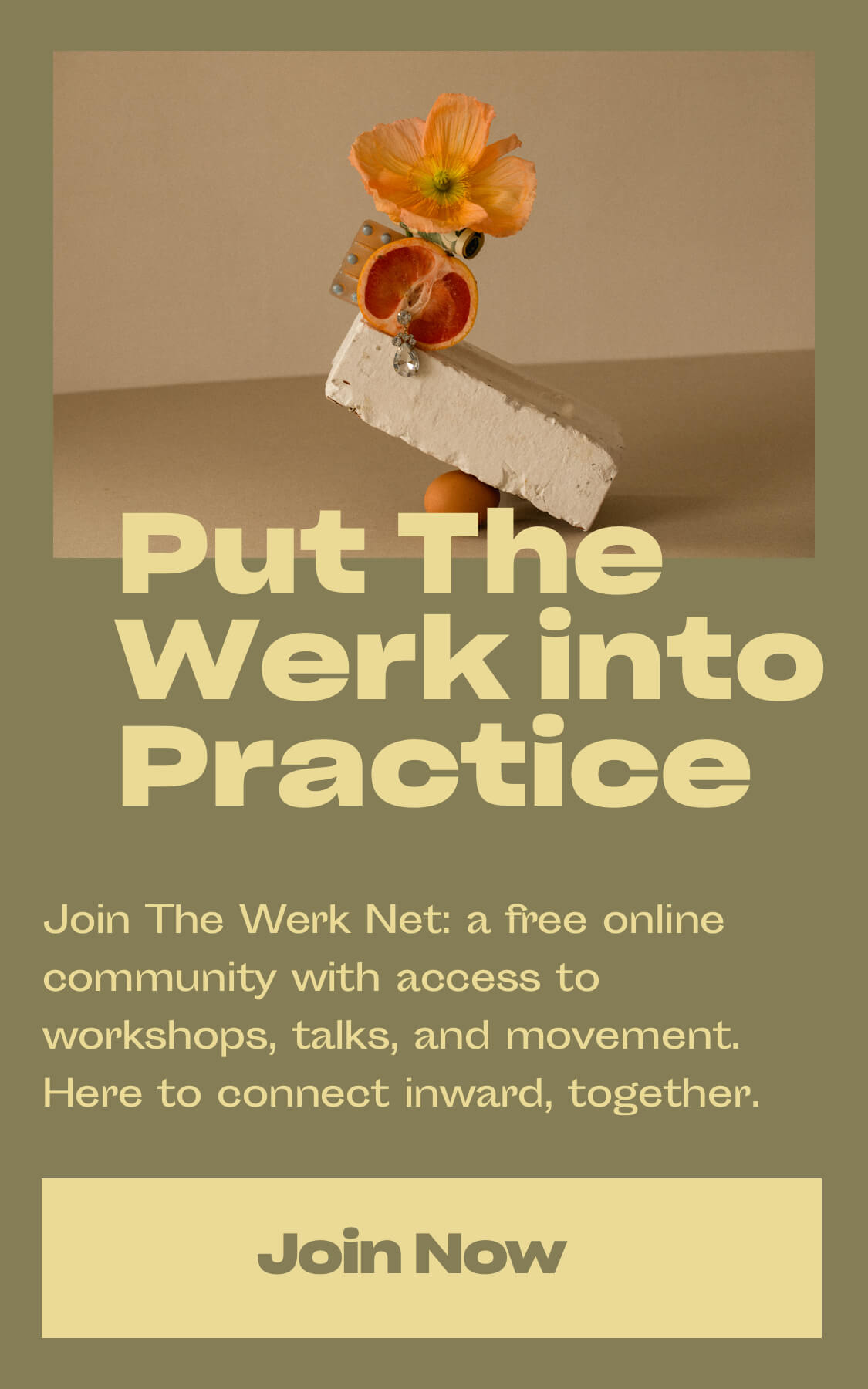When Bad Posture Happens to Good People
How to fix the habits causing your bad posture so it doesn't ruin your look — or your back.
If you work from a couch, or even from a desk, you've probably made peace with hunched shoulders and a mildly achy neck — but did you know that slouched posture has serious consequences for your image and your health? “If you have bad posture, people assume that you’re not confident,” says Eve Choe, a Toronto-based chiropractor who offers a 12-week posture workshop at her clinic. “You appear shorter and people assume you’re tired.” Poor posture also has negative health consequences like “chronic fatigue, muscle fatigue, headaches and back pain. You can have sleep and digestive problems, difficulty concentrating. It causes so many issues,” Choe says.
But contrary to popular belief, super-straight military posture is not the ultimate goal. Instead, “good posture maintains three natural curves in the spine at the neck, mid-back, and low back,” says Choe. When you look in the mirror, your eyes should be level, as should your shoulders, hips, knees, and ankles. From the side, your ears, shoulders, hips, knees, and ankles should create a straight line that, again, maintains the natural curves in the spine.
If you frequently notice that you appear slouched in photos or videos — or that your grandma’s always bugging you to sit up straight — try these tips for correcting the habits that cause bad posture in the first place.
1. Check your smartphone.
Lately, the most common form of bad posture that Choe sees at her clinic is the forward head tilt — and one of the main causes is smartphone use. Many people spend hours on their phones each day texting, answering emails, and posting on social media, and they hold their phones in their laps, which causes neck strain. The correction? “Bring your smartphone to eye level instead of bringing your head down to it,” says Choe.
2. Adapt your workspace.
“Laptops are built for portability,” Choe notes. “They’re not built for our bodies. Often, we will hunch forward so we can have our eyes level with the monitor of the laptop.” To correct this posture, consider purchasing an external keyboard or monitor so that you can space them to work for your body when your posture is at its best. Also, try to avoid sitting on soft couches or armchairs to work because they will likely raise your knees above your hips, which then rounds out your lower back. Instead, choose a chair that allows you to sit directly on your sit bones (not on your tailbone) with your knees at 90 degrees to your hips.
3. Take frequent breaks.
It’s time to curb your habit of staring at your computer screen for three, four or five hours straight — even if you have the perfect office set-up. “A good tip is 20-20-20,” says Choe. “So every 20 minutes, try to get up for 20 seconds and look 20 feet away. It also gives your eyes a break.” If you can’t break every 20 minutes, aim for every hour.
4. Think long.
Don’t think “straight” when you’re trying to correct your posture, because a healthy spine isn’t straight. Instead, imagine a string attached to the top of your head and pulling you upwards. Your shoulders should be back, yet relaxed, and you should maintain the natural curves in your spine.
5. Work it out.
When working to correct bad posture, Choe gives her clients plenty of exercises to do at home. She loves head retraction and scapula retraction exercises, in particular. “For head retractions, you bring your head in toward the body with your chin tucked,” she says. “You don’t look down. You don’t look up. You bring your head straight back. With a scapula retraction, you squeeze your shoulder blades together.” Choe also likes to strengthen the muscles that stabilize her clients’ shoulder blades by recommending wall angels, which are snow angels performed up against a wall.
6. Change your sleep habits.
How you sleep each night can have an effect on your posture throughout the day. “Sleeping on your back keeps your spine in the most neutral position, but side sleeping is also good,” says Choe. If you choose to sleep on your side, make sure you support your pelvis with a pillow between your knees. Also, take a look at the type of pillow that you use to support your head. If you sleep on your back, you need a low pillow. If you sleep on your side, “there’s a bigger negative space between your head and shoulder, so you need a firmer and higher pillow.”
7. Book an appointment with a chiropractor.
A chiropractor can make adjustments that “restore mobility and movement back into the joints in the spine,” says Choe. These adjustments can also relieve stress that’s placed on the body when there’s a locked or restricted joint. After your adjustments, ask your chiropractor for additional at-home exercises to correct your specific posture concerns.
Bad posture is a habit that you’ve developed over several years. Give yourself the time to correct it (Choe says it will likely take at least 12 weeks) and you’ll see improvements in your health and the image that you project to your colleagues, employers and future clients.
Photo courtesy of Kristaps Grundsteins.
This post is tagged as:
You may also like...
The Latest
People & Places
How Ara Katz is Redefining “Self-Care” as Rooted in Science with Seed
The co-founder, mother, and self-proclaimed serial entrepreneur unpacks her philosophy on what it means to be well. Ara Katz hates the word “success”. Not because of its listed definition in a di...

Do Good Werk
9 Passive-Aggressive Email Phrases That Are Basically Evil
A Rosetta Stone for every time you want to :’).

Woo Woo
Get to Know Your Astrological Birth Chart
How to find meaning in the stars — and what it means for you.

People & Places
The 5 Best Places In New York To Meet Your Next Investor
Where to rub shoulders with the city's movers and shakers.

Do Good Werk
10 Unhealthy Thoughts You Convince Yourself Are True as a Freelancer
If you work alone, you might be particularly susceptible to distorted thoughts that hurt your mental health.

People & Places
Creating a Conference-Meets-Summer-Camp for Adult Creatives
An interview with Likeminds founders Rachael Yaeger and Zach Pollakoff This past September, I sat in front of an obituary I wrote for myself after a session with a death doula. No, I didn’t know w...

People & Places
When Something Golde Stays: An Interview with Golde’s Co-CEOs
“For us it was never a question,” says Issey Kobori, speaking of the decision to build a business with his partner Trinity Mouzon Wofford. At just shy of 27, Kobori and Wofford have secured a host ...

Better Yourself
Are They Toxic? Or Are They Human?
There’s a difference between putting up boundaries and putting up walls, and the latter is what breaks relationships.

Do Good Werk
How To Combat Seasonal Affective Disorder At Work
Here’s what to do if seasonal affective disorder starts to take a toll at the office.

People & Places
Reclaiming Womxn's Wellness Spaces from a White-Dominated World
How The Villij built a collective that their community can connect to.







